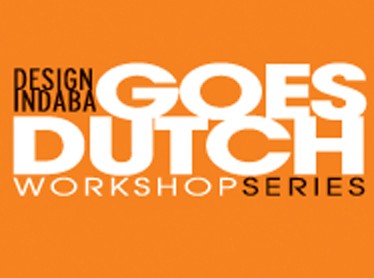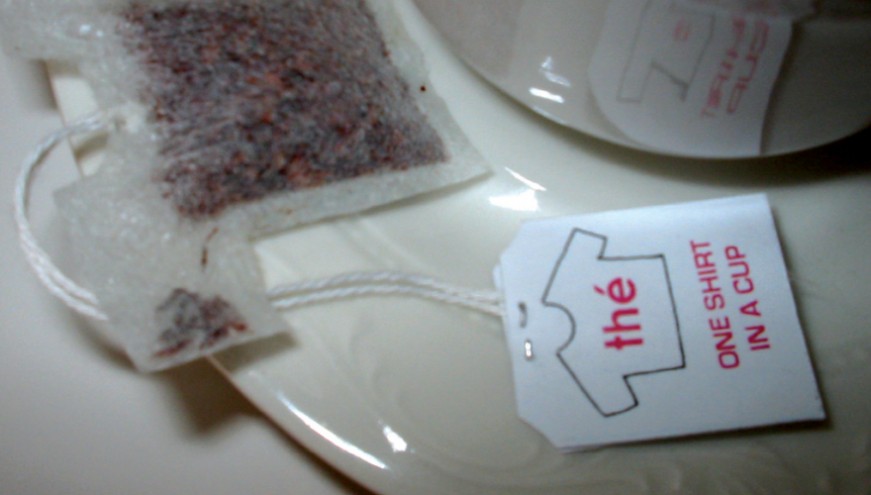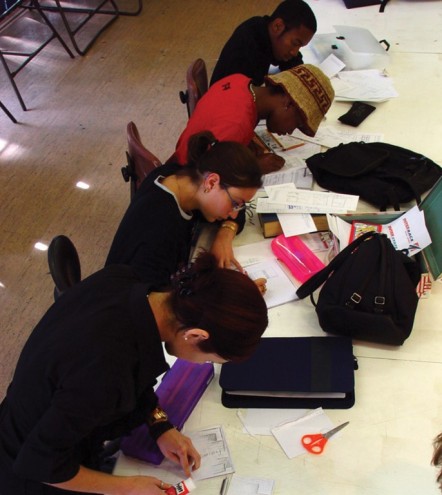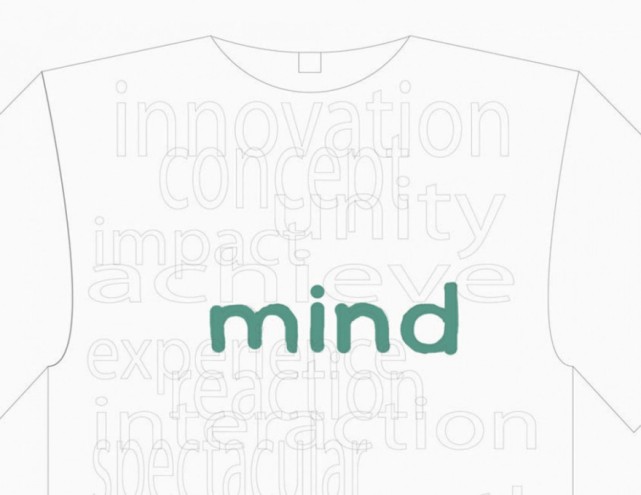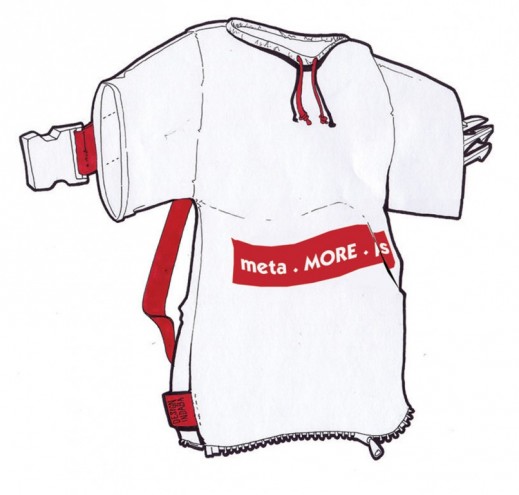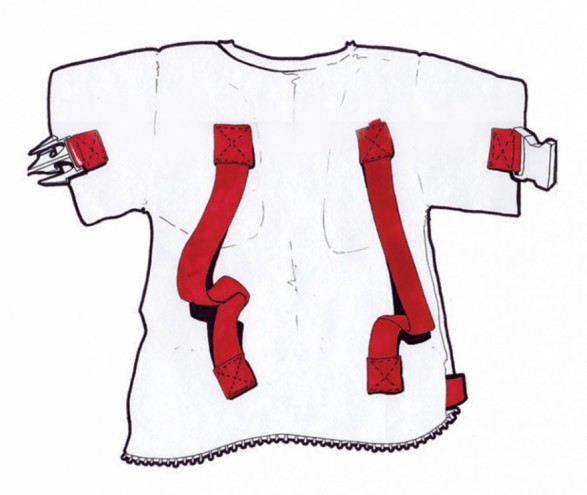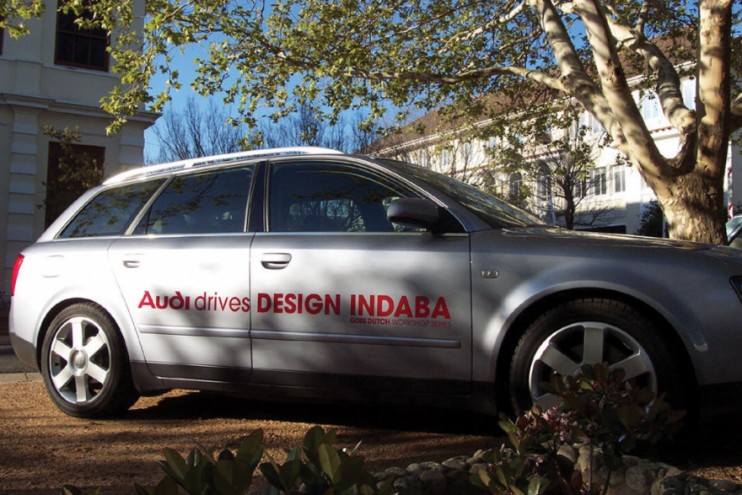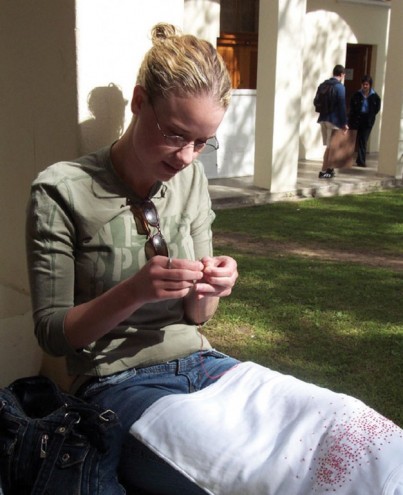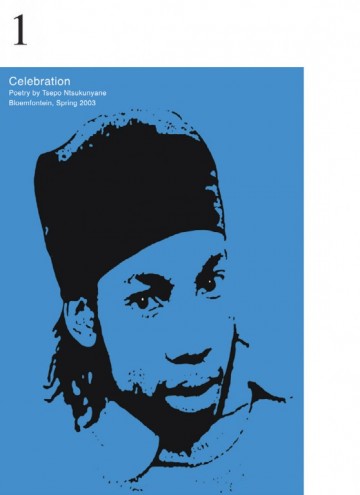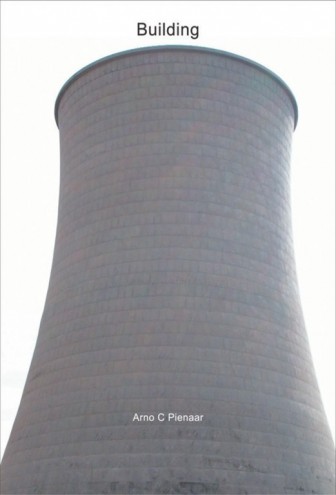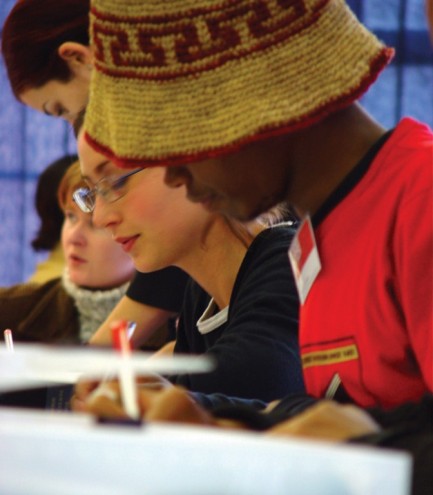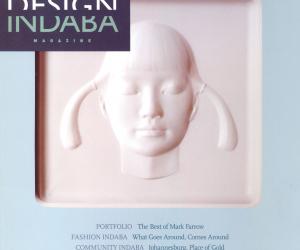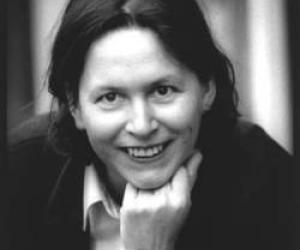First Published in
The aim of the workshops is to inspire and educate design students across the country, ultimately promoting the economic growth of the creative industries by preparing them for the "real" world and exposing them to the thinking and work processes of some of the world's greatest designers.
The September workshops - collectively titled "Design Indaba Workshop Series goes Dutch" - were facilitated by Joost Alferink and Irma Boom, two of Amsterdam's leading design figures. The workshops consisted of up to five days of creative brainstorming, training, production and refinement around the brief to "Design the World on a T-shirt" (Pretoria and Stellenbosch) and "Bloemfontein, our cultural heritage - a festival of design" (Bloemfontein).
At the end of each workshop, the facilitators were asked to select one or two young designers whom they thought was positively bursting with talent, and these students were awarded tickets to the three-day International Design Indaba taking place in Cape Town from 25 to 27 February 2004, valued at R3000.
Congratulations to all of you! We look forward to seeing you at the Indaba. Should your institution wish to participate in future Design Indaba Workshops taking place in May and September 2004, please contact Shaheda Sayed or Michelle Liao on (021) 418 6673 or fax them on (021) 418 6333. Alternatively, email Shaheda on shaheda@designindaba.com.
Joost Alferink is a renowned product designer in Amsterdam and a lecturer at the Technical University of Eindhoven, where his unconventional teaching of the thinking process of design, the "scenario building" programme, is widely used.
This is what Joost had to say about the Technikon Pretoria workshop, which ran from 15 to 19 September 2003 and was hosted by the Department of Graphic and Interior Design:
DAY ONE
The handwriting copying exercise turns out to be a good opening. I'm surprised at the students' mindsets. With their 'follow the brief, let's get it done' mentality, they're breaking the flow of the workshop. I ask them to free themselves from what they've thought so far, to go with the flow! The presentation at the end of the day holds promise for the rest of the week. Teambuilding is visible and the creative spirit is alive.
DAY TWO
Today the students pick up speed. Themes for the moodboards emerge quite naturally, and only two groups are experiencing friction. Now that the train is on track, I only need to make small adjustments.
DAY THREE
The day starts with a busy hour and a half, with the groups working frantically to finish their moodboards. I ask them to draw up a quotation for the board based on the hours spent, VAT and materials used. We should do that more often to create awareness around the value of creative consultancy. The quality of the moodboards is good, at times stunning. The individual design process starts slowly, as anticipated. A different energy is needed. We all have to slow down, go deep.
DAY FOUR
Execution day. I discuss the design process with various students, adjust their course, support their decisions. Some are getting too deep in their own concept while others grow during the day. It's promising to see them working together, the blind helping the cripple, until they see that they are skilled and that things will come to an end.
DAY FIVE
Tears and pure emotion as some find that their concept is too difficult to bring to an end while others thrive on the buzz. Stress in the computer room is at its peak, the printer is being worshipped as the new saviour.
Today we judge who will get a ticket to the International Design Indaba taking place in Cape Town early next year. The closing honours fall to me, and I get to announce the winners. What a first week! The second week in Stellenbosch was just as much fun, following pretty much the same format. Thanks to the meticulous organisation by the Design Indaba Workshop crew, I've been part of a very interesting design exchange.
This is what Irma had to say about the Technikon Free State workshop, which ran from 15 to 18 September 2003 and was hosted by and Visual Arts:
"After an introduction, we split class into smaller groups and had each group select a word relevant to the subject. This word was the starting point of the eight to 16 pages they had to design for the magazine. What we were looking for was a personal, subjective interpretation, not something generic or obvious.
"The students found it hard to work on the concept, and it took a lot of work to get them going. If they learnt anything from the workshop, perhaps it's this: ask yourself questions. What do you want to say? Where will you find sources? Before design, there must be thought.
"So we spoke about how to start the process by first defining what the chosen word means to on a personal level, and figuring out what you want to do with it. The trick is to raise questions without thinking of answers, not getting stuck in the cycle of 'good question > bad answer > bad design'. "In the end, the students came up with really good contributions, and it was a lot of fun to working with them. With minimum utility and maximum spirit, the students made a wonderful magazine that shows 'Bloem' through the eyes of young people. Best of all, the magazine will be printed and the students will be able to use it in their portfolios.
"I would like to thank the students and the Design Indaba Workshop organisers for a very challenging and wonderful experience."
The aim of the workshops is to inspire and educate design students across the country, ultimately promoting the economic growth of the creative industries by preparing them for the "real" world and exposing them to the thinking and work processes of some of the world's greatest designers.
The September workshops - collectively titled "Design Indaba Workshop Series goes Dutch" - were facilitated by Joost Alferink and Irma Boom, two of Amsterdam's leading design figures. The workshops consisted of up to five days of creative brainstorming, training, production and refinement around the brief to "Design the World on a T-shirt" (Pretoria and Stellenbosch) and "Bloemfontein, our cultural heritage - a festival of design" (Bloemfontein).
At the end of each workshop, the facilitators were asked to select one or two young designers whom they thought was positively bursting with talent, and these students were awarded tickets to the three-day International Design Indaba taking place in Cape Town from 25 to 27 February 2004, valued at R3000.
Congratulations to all of you! We look forward to seeing you at the Indaba. Should your institution wish to participate in future Design Indaba Workshops taking place in May and September 2004, please contact Shaheda Sayed or Michelle Liao on (021) 418 6673 or fax them on (021) 418 6333. Alternatively, email Shaheda on shaheda@designindaba.com.
Joost Alferink is a renowned product designer in Amsterdam and a lecturer at the Technical University of Eindhoven, where his unconventional teaching of the thinking process of design, the "scenario building" programme, is widely used.
This is what Joost had to say about the Technikon Pretoria workshop, which ran from 15 to 19 September 2003 and was hosted by the Department of Graphic and Interior Design:
DAY ONE
The handwriting copying exercise turns out to be a good opening. I'm surprised at the students' mindsets. With their 'follow the brief, let's get it done' mentality, they're breaking the flow of the workshop. I ask them to free themselves from what they've thought so far, to go with the flow! The presentation at the end of the day holds promise for the rest of the week. Teambuilding is visible and the creative spirit is alive.
DAY TWO
Today the students pick up speed. Themes for the moodboards emerge quite naturally, and only two groups are experiencing friction. Now that the train is on track, I only need to make small adjustments.
DAY THREE
The day starts with a busy hour and a half, with the groups working frantically to finish their moodboards. I ask them to draw up a quotation for the board based on the hours spent, VAT and materials used. We should do that more often to create awareness around the value of creative consultancy. The quality of the moodboards is good, at times stunning. The individual design process starts slowly, as anticipated. A different energy is needed. We all have to slow down, go deep.
DAY FOUR
Execution day. I discuss the design process with various students, adjust their course, support their decisions. Some are getting too deep in their own concept while others grow during the day. It's promising to see them working together, the blind helping the cripple, until they see that they are skilled and that things will come to an end.
DAY FIVE
Tears and pure emotion as some find that their concept is too difficult to bring to an end while others thrive on the buzz. Stress in the computer room is at its peak, the printer is being worshipped as the new saviour.
Today we judge who will get a ticket to the International Design Indaba taking place in Cape Town early next year. The closing honours fall to me, and I get to announce the winners. What a first week! The second week in Stellenbosch was just as much fun, following pretty much the same format. Thanks to the meticulous organisation by the Design Indaba Workshop crew, I've been part of a very interesting design exchange.
This is what Irma had to say about the Technikon Free State workshop, which ran from 15 to 18 September 2003 and was hosted by and Visual Arts:
"After an introduction, we split class into smaller groups and had each group select a word relevant to the subject. This word was the starting point of the eight to 16 pages they had to design for the magazine. What we were looking for was a personal, subjective interpretation, not something generic or obvious.
"The students found it hard to work on the concept, and it took a lot of work to get them going. If they learnt anything from the workshop, perhaps it's this: ask yourself questions. What do you want to say? Where will you find sources? Before design, there must be thought.
"So we spoke about how to start the process by first defining what the chosen word means to on a personal level, and figuring out what you want to do with it. The trick is to raise questions without thinking of answers, not getting stuck in the cycle of 'good question > bad answer > bad design'. "In the end, the students came up with really good contributions, and it was a lot of fun to working with them. With minimum utility and maximum spirit, the students made a wonderful magazine that shows 'Bloem' through the eyes of young people. Best of all, the magazine will be printed and the students will be able to use it in their portfolios.
"I would like to thank the students and the Design Indaba Workshop organisers for a very challenging and wonderful experience."

